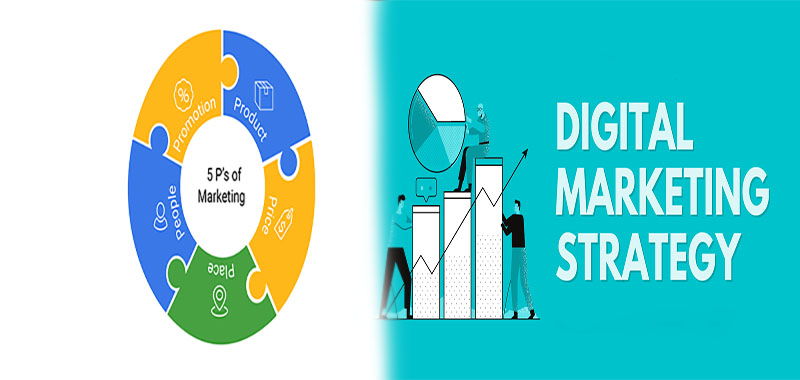Having an online marketing strategy can be a good way to make sure that your business can get its name out there. There are many different ways that you can do this, including Social media, Search engine marketing (SEM), Email marketing, and Retargeting. Each of these can help you to increase the visibility of your brand, as well as boost your sales.
Email marketing
Using email as an online marketing strategy can be an effective way to build a relationship with your customers. However, you should make sure you know the best practices before you begin.
Creating personalized emails is a great way to engage your audience. You can include images, videos, charts, and other content that can be tailored to your audience’s needs.
A welcome email is the first step in building a lasting relationship with a new customer. It introduces them to your brand and includes a call-to-action.
Your subject line should encourage your audience to open the email. It should also tell them what they’re signing up for. You can use pop-up ads to make the sign-up process easy. You can also send a confirmation email after a purchase.
Social media marketing
Using social media marketing as an online marketing strategy is a great way to increase your business’s visibility. However, to reap the full benefits of this form of advertising, you should also have a strategy in place. Whether you are running a large or small business, a plan of action is essential.
Social media marketing as an online marketing strategy is based on a few core elements. The most important aspect is the engagement of your followers. It is also wise to use social media as a way to identify your target audience.
You can gain insight into your prospects by looking at your competition. You can learn from their content and service offerings to improve yours. You can even use a third-party competitor analysis tool to help you understand what your competitors are doing on social media.
Search engine marketing (SEM)
Whether you are a big or small business, Search Engine Marketing (SEM) can be an extremely beneficial marketing strategy for your product or service. It’s an effective way to increase brand awareness and boost customer conversion rates.
A successful Search Engine Marketing strategy includes defining your goals, establishing your target audience, and utilizing the right keyword. These activities will help your ad appear at the top of the SERPs. This means that your product will be visible to potential customers when they’re looking for solutions to their problems.
SEM is an affordable and effective marketing tool. It also gives your company an advantage over your competition. In addition to be a great channel for generating qualified leads, it can be a fast, easy way to get started.
E-commerce marketing
Whether you’re a big business or a small business, eCommerce marketing as an online marketing strategy can boost your sales and improve your bottom line. It can also help you get more customers, attract new customers, and improve your brand’s reputation.
Choosing the right marketing channels is critical to an effective ecommerce marketing campaign. Some of the best channels include Google ads, Facebook ads, and email marketing. You should choose the right channels for your target audience and base your choices on competitor research.
You can use email marketing to boost your customer loyalty and promote new products. You can also use automations to send abandoned cart emails, as well as shipping notifications. Text messaging is another great way to engage with your customers. It’s an engaging way to keep in touch with your customers and offer discounts and promotional codes.
Retargeting
Using retargeting to improve conversion rates is a great way to boost sales. It is a cost-effective strategy that can increase visibility and brand awareness. However, you need to ensure that you are sending the right ads to the right audience.
Retargeting is a form of advertising that uses a piece of code called a tracking pixel to show advertisements to people who have visited your website. The pixel collects user information and sends it to a tracking company. The tracking company can then serve relevant ads to customers.
Retargeting works well for websites that have an inventory of products or services. This allows retargeting campaigns to focus on potential customers who have shown recent interest in the product or service. For example, a travel agency might use retargeting to advertise new promotions and discounts.











